Posted by Madam Bubby
The word posing can evoke images of runway models and persons on instagram (including celebrities famous for simply being famous).
But there's more to posing than duck lips and giving the finger.
Posing has been an integral part of the bodybuilding world, a specific part of contests, and I might add, one can view many of these contests on youtube.
According to one source, these are the mandatory poses in bodybuilding:
1. Quarter Turns
2. Front Double Biceps
3. Rear Double Biceps
4. Front Lat Spread
5. Rear Lat Spread
6. Side Triceps
7. Side Chest
8. Front Abdominal & Thigh
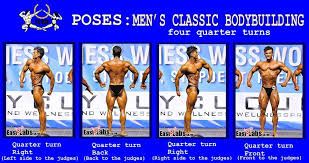
Men's Classic Bodybuilding Poses, source: https://www.ifbbsa.co.za/images/Criteria/men/men-s-classic-bodybuilding-2019.pdf
A quarter turn shows off the symmetry of the muscles as a whole. The lat is a large, flat muscle on the back that stretches to the sides.
Specifically in relation to their function in a contest, the source clarifies that “a pose which is either optional or mandatory depending or the federation one belongs to is the most muscular. During any bodybuilding show, in the pre-judging portion, the bodybuilder will be called upon to complete the mandatory poses, often several times he or she is called back out and compared with their fellow competitors.”
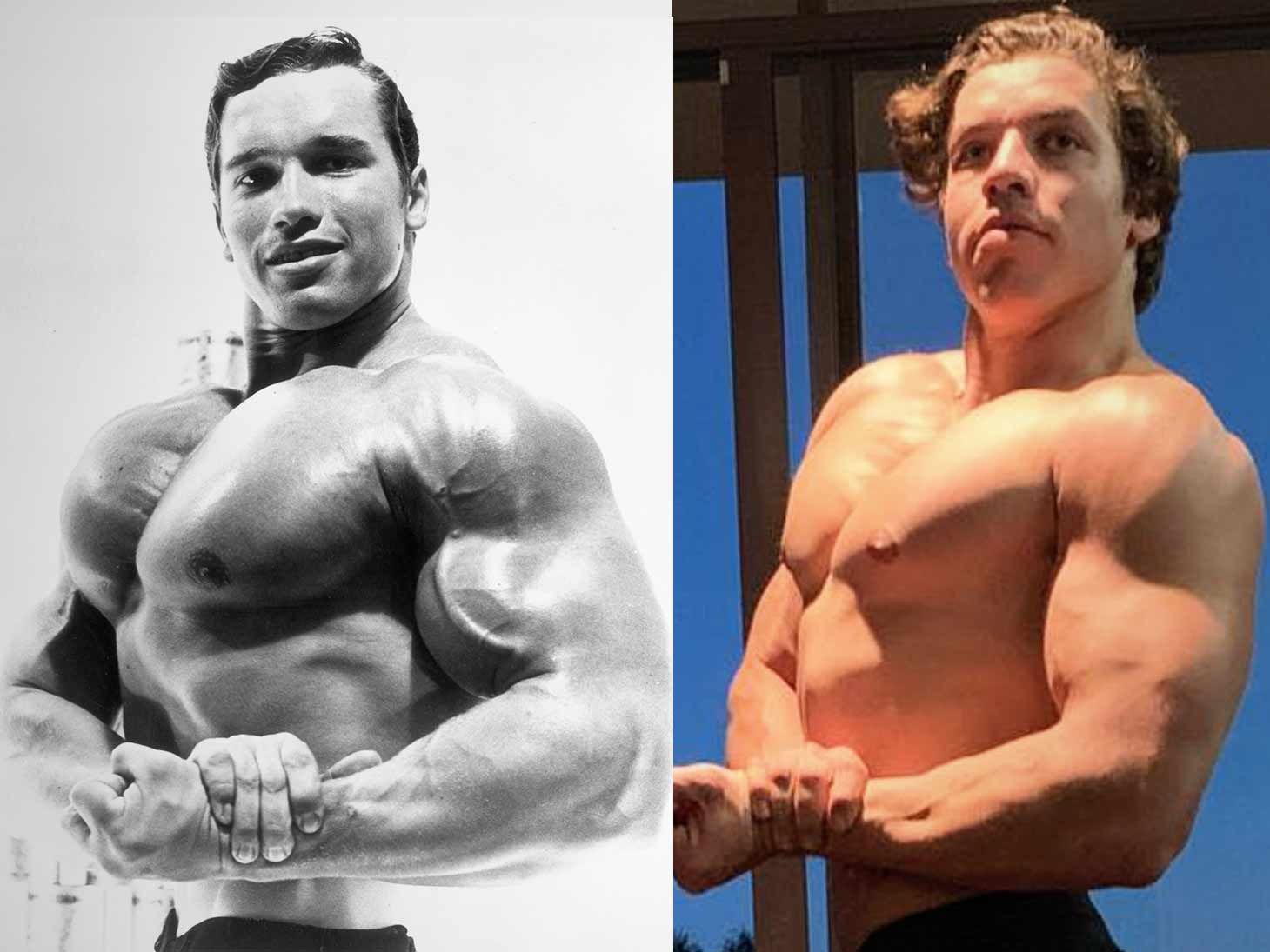
Schwarzenegger and son, source: https://theblast.com/c/arnold- schwarzenegger-joseph-baena-famous-pose
Yes, they are showing off too, but it's something they worked hard to develop, whatever their intentions. It reflects discipline. It's earned body show-off time.
Now, personally, I'm not into super, super bulked up guys; I am attracted more the attitude conveyed by these poses that combines both discipline but also dominance, even arrogance. It's like that male hands on hips pose on steroids. Or rather, the body and the attitude become one powerful image.
Overall, by watching some of these contests online, I discovered a perfect way to while away time in quarantine. It's ultimately voyeurism, and guess what, it's something one can do alone. Build muscles and pose alone, and then show off the glory to others who are alone digitally. Their invisible audience can participate in the glory, which in many cases, including mine, involves a glorious orgasm.
And tying into Bijouworld's mission of disseminating and analyzing the rich LGBTQ historical materials it carries, check out our extensive selection of vintage/retro/physique beefcake magazines from the 1900 through the 1970s, including the famous Physique Pictorial founded by Bob Mizer. Some are traditional bodybuilding magazines, but some, even though they do contain information about contests and bodybuilding tips and exercises, are really vehicles for coded homoerotic imagery that became more and more prominent toward the latter part of the last century.
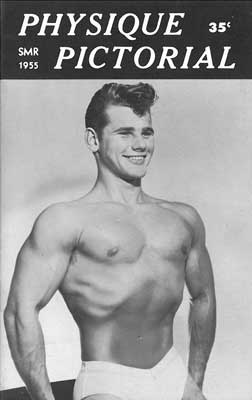
Physique Pictorial, Summer 1955
You can also check out a 1987 San Francisco gay bodybuilders' competition presented by the Male Entertainment Network, available from Bijou Video both streaming and on DVD.



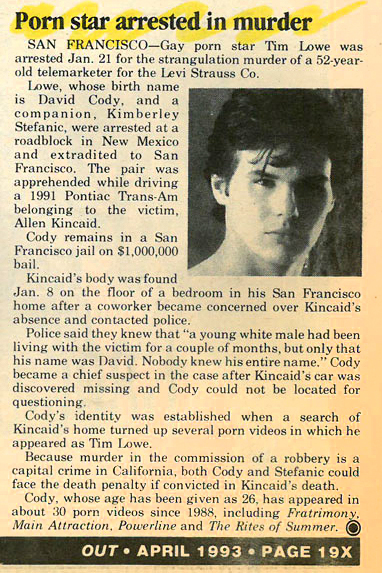
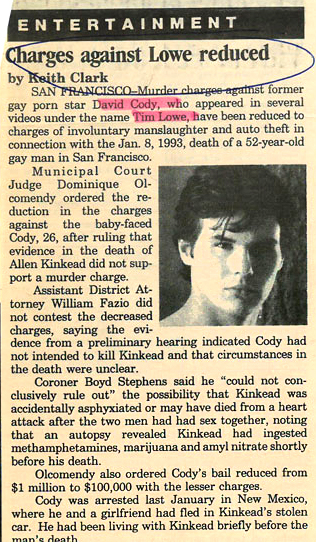

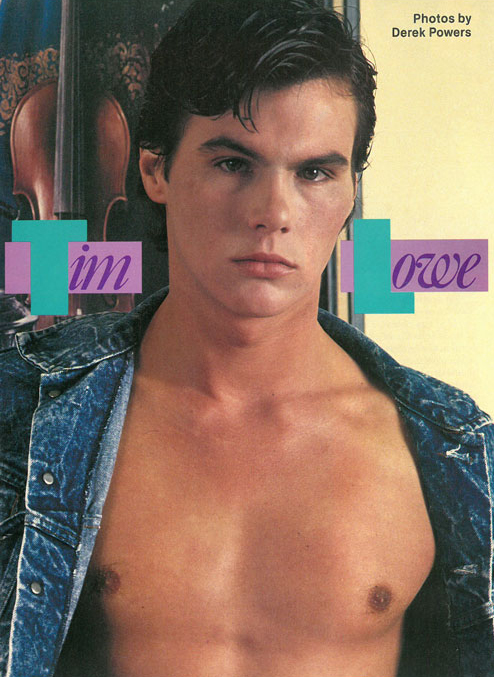

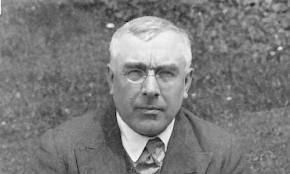

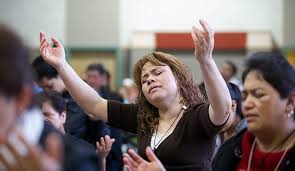
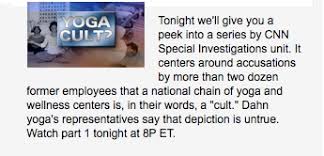
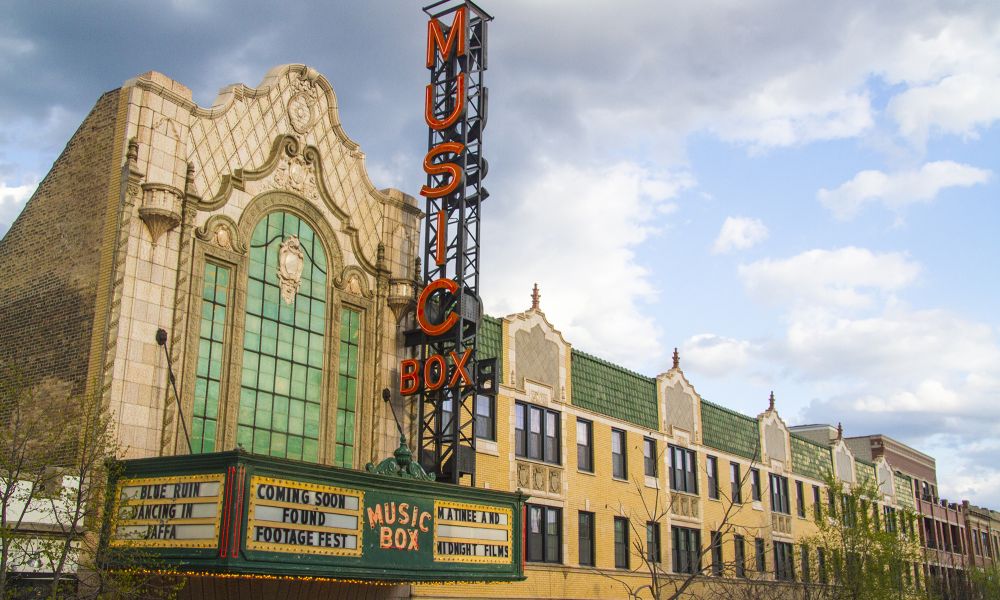
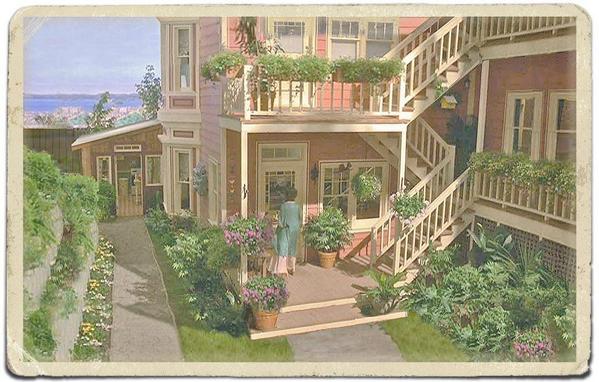
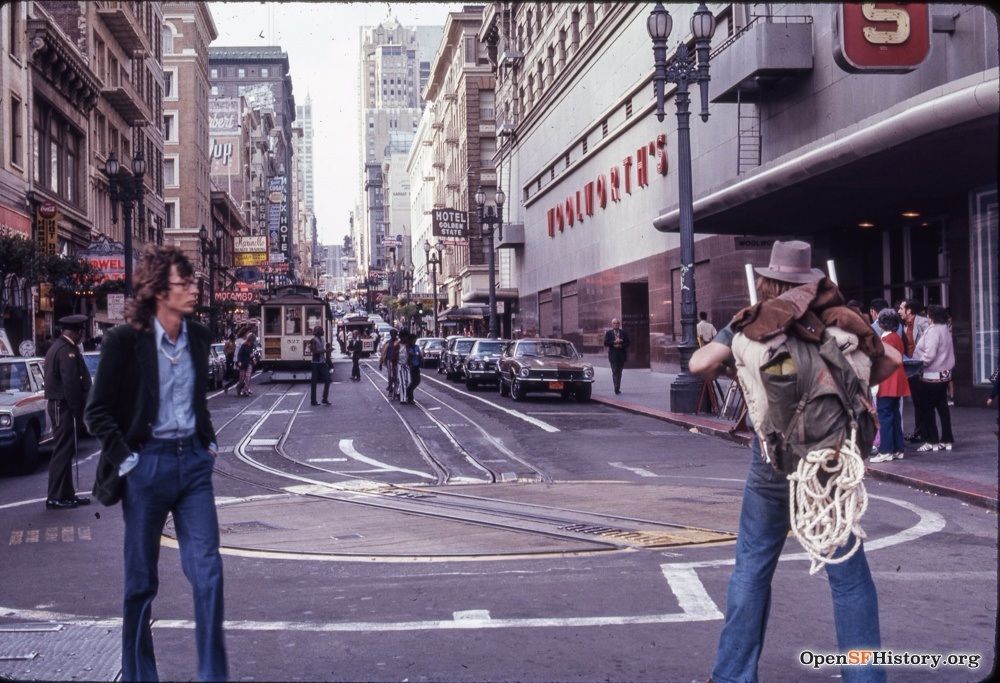
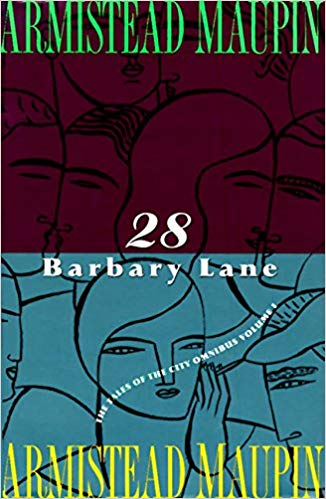
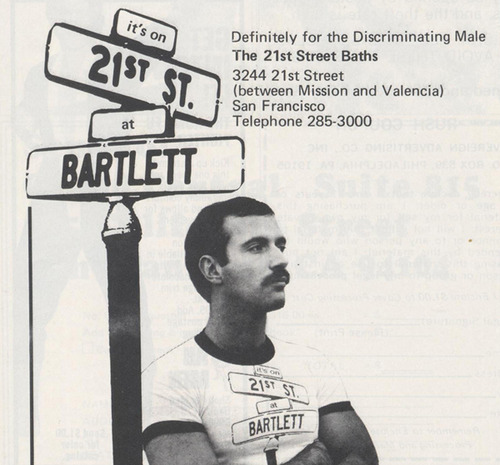
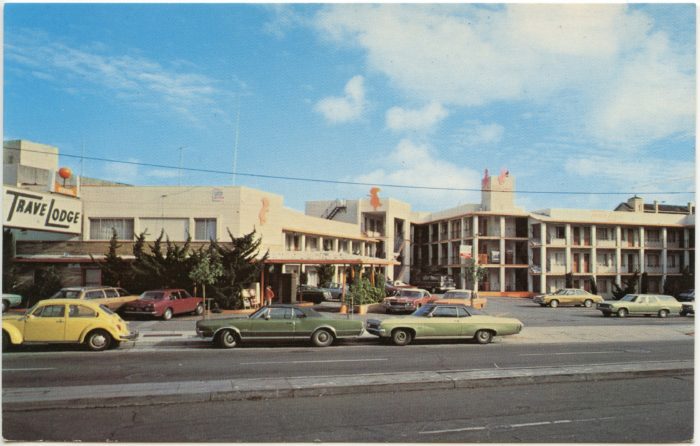
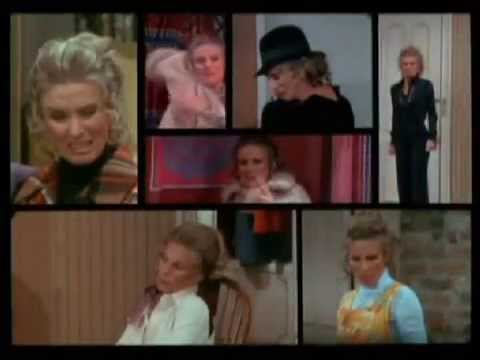
 Join our Email List
Join our Email List Like Us on Facebook
Like Us on Facebook Instagram
Instagram Youtube
Youtube Follow Us on Twitter
Follow Us on Twitter Follow us on Pinterest
Follow us on Pinterest